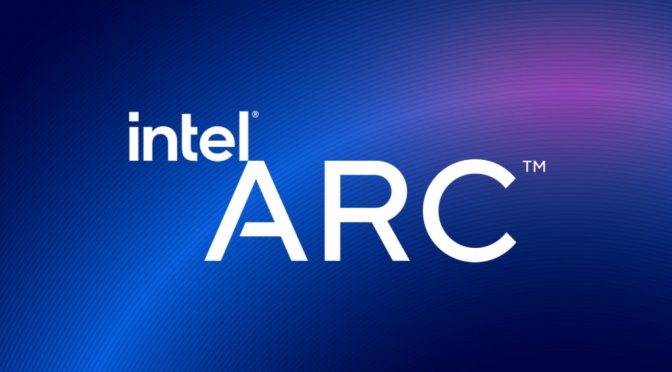Intel has published a deep dive video in which Ryan Shrout and Tom Petersen shared more details about their upcoming AI upscaling tech, XeSS. Not only that, but in the following video, we finally get some benchmarks for high-end models of the Arc GPUs, the Intel Arc 770.
XeSS is a temporal upscaling technique that uses AI in order to enhance a game’s graphics. In other words, XeSS is similar to NVIDIA’s DLSS and AMD’s FSR 2.0. Moreover, and similarly to FSR 2.0, XeSS aims to support GPUs from all manufacturers, meaning that NVIDIA and AMD users will be able to use it. According to the blue team, all GPUs that support Shader Model 6.4 will be compatible with XeSS.
In the following video, Ryan and Tom showcased Shadow of the Tomb Raider running with and without XeSS. XeSS was able to allow the Intel Arc 770 to run the game with more than 70fps at 1440p on Max Settings and with Ray Tracing.
Intel XeSS will have four modes. These modes are: Ultra Quality, Quality, Balanced and Performance. In the video, Intel showcased some benchmarks (with and without XeSS) for the Intel Arc 770. And from what we can see, this upcoming discrete GPU will target 1440p gaming.
Intel has also shared the first games that will support XeSS. These are:
- Call of Duty: Modern Warfare II
- Arcadegeddon
- Ghostwire Tokyo
- Vampire Bloodhunt
- Ghostbusters Spirits Unleashed
- Naraka Bladepoint
- Super People
- Gotham Knights
- DioField Chronicles
- Dolmen
- Chivalry II
- Redout II
- The Settlers
- Death Stranding: Director’s Cut
- The Rift Breaker
- Hitman III
- CHORVS
- Shadow of The Tomb Raider
- Anvil Vault Breakers
Enjoy!

John is the founder and Editor in Chief at DSOGaming. He is a PC gaming fan and highly supports the modding and indie communities. Before creating DSOGaming, John worked on numerous gaming websites. While he is a die-hard PC gamer, his gaming roots can be found on consoles. John loved – and still does – the 16-bit consoles, and considers SNES to be one of the best consoles. Still, the PC platform won him over consoles. That was mainly due to 3DFX and its iconic dedicated 3D accelerator graphics card, Voodoo 2. John has also written a higher degree thesis on the “The Evolution of PC graphics cards.”
Contact: Email

